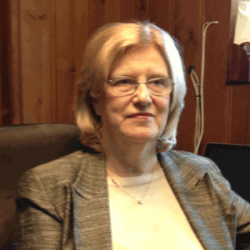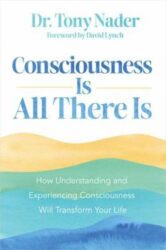Fault Lines: Whose Fault is it When Relationships Quake

Fault lines in the earth are lines that trace boundaries between Earth’s tectonic plates. In an active fault, the pieces of the Earth’s crust along the fault move over time and can cause earthquakes.
Fault lines among people are potentially disruptive boundaries between what people perceive as incompatible or irreconcilable differences. What makes a previously harmonious relationship quake? Why is it that individuals who once got on so well find they are no longer compatible? And what can be done to reestablish harmony, ‘kiss and make up’?
I work with young students and their parents as a school psychologist. I have a family of my own including two sons. Sometimes I feel like I’ve seen all the possible manifestations of relationship problems, from mild to annoying to really worrisome. And one thing that everyone seems to wonder is, “Whose fault is it?” when something goes awry. I’ve come to the conclusion that the fault is universally the same: We are alienated and stressed by differences that appear to separate us because we are not grounded in what unites us.
Individuals are unique and reflect their own glorious independent attributes. What makes humanity truly interesting is its varied characteristics. What would make humanity great would be the embracing of its diversity.
From my perspective as a trained school psychologist, the first step is to help each person achieve her own inner confidence because being relaxed and comfortable with one’s own individuality is paramount in achieving comfort with others. From my perspective as a trained teacher of the Transcendental Meditation technique, the first step in being comfortable with oneself—and by extension with others—is to step out of the boundaries of our individual experience and have the experience of the underlying field of boundless universal Being. By uniting the individual mind with its unbounded nature, we establish the full range of life within our self. In Sanskrit, this unification is called yoga. In modern terminology, the benefit of yoga is to live the full range of human potential—the unity underlying the individual self in infinite Being or Consciousness along with our individuality that arises from it. During the practice of TM, each individual experiences a settling of thoughts and some periods of quiet and silence. In this state, the more surface aspects of life begin to fade as the individual’s awareness remains alert but calm. And what remains in that silence is Being – always there, but not noticed when our mind is caught up in the rush of daily life and the dynamics of relationships with others. This period of time resting in the silent state of Being during meditation is the basis of being comfortable with oneself in daily life.
I see this need to connect quietly and regularly with themselves so often in school children. Their time in class and outside of school is often highly scheduled, and iPhones, computers, TV, video games and social media all make it difficult to find time to just “be” or to daydream or to think quietly without interruption or direction. Even activities that were once considered relaxing, like art or music or reading, often take on a competitive quality having to do with achievement rather than expression. Instead of knowing themselves, children are left seeing themselves through the eyes and responses of others. In this situation, with fewer and fewer opportunities to settle down and sense who they are, many students (and adults) have no basis on which to appreciate themselves, to feel a steady sense of calm identity. They find it a huge relief when they learn the TM technique and become aware of that ongoing quiet Being at the core of their sense of self.
At the same time, by regularly tapping in to that silent Pure Consciousness, which is the same basis of all life, of all individuals– awareness of deeply human similarities grows. Feeling secure in ourselves and feeling a part of the human family, tolerance, compassion, patience and happiness increase—we then enjoy the differences, the diversity, in friends, family members, and peers. We feel confident in our own Self and secure that our Self cannot be impinged on by any other Self.
TM practice reduces the friction that creates the “fault” in fault lines in two main ways: TM enhances individual confidence and awareness and it connects humans by direct experience at the deepest level of shared humanity. Differences will always be there. But they will be appreciated as interesting expressions of another self, rather than barriers to the harmony we can all find and enjoy amidst our diversity.
About the Author
Susan Linden is a mom and a certified teacher of the TM technique with 17 years of experience as a certified school psychologist.





